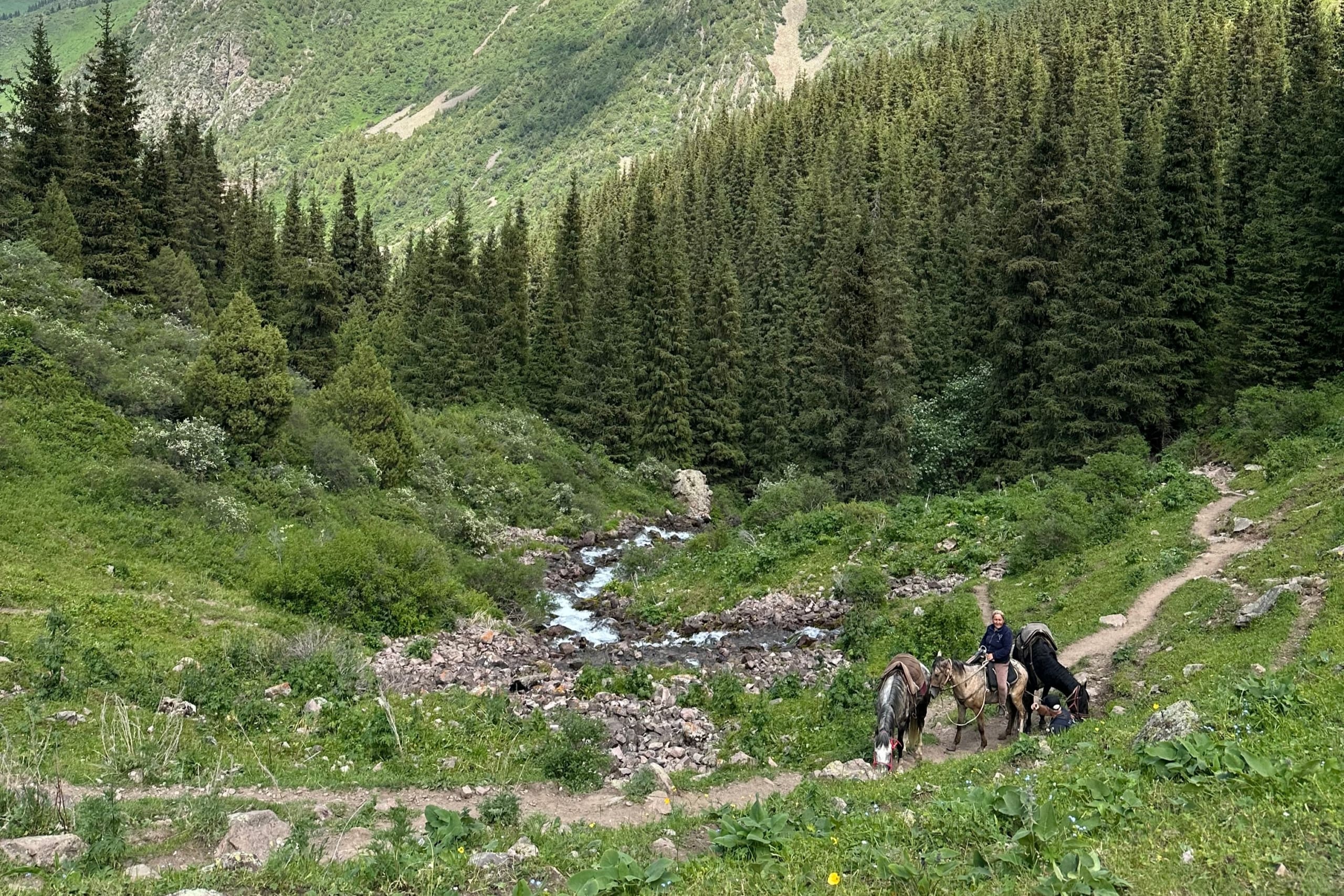

Climate Resilience
“We haven’t run out of water, but we are going to”
“If earlier it was predicted that by 2050 the area of glaciers in Kyrgyzstan would be reduced by half, and by 2100 they could disappear altogether, now there is reason to believe that this will happen much faster.” President Sadyr Japarov of the Kyrgyz Republic was speaking at the General Debate of the UN General Assembly in September 2023; and “climate change,” he said “has led to the intensive melting of glaciers”.
Home to approximately 6,500 distinct glaciers that hold more than 650 billion cubic metres of water, Kyrgyzstan’s glaciers are significant guardians of moisture and the sources of rivers across Central Asia. Their accelerated rate of retreat gives pause for thought: what does this mean for the country’s and region’s vital waterways? And how might this affect those whose lives and livelihoods are dependent on these resources?

Mountainous regions are particularly vulnerable to climate change, and Kyrgyzstan, where mountains make up about 94% of the territory, is experiencing a pace of warming faster than the global average. According to the 2023 AKF Country Report on the Kyrgyz Republic, the temperature – if we are to remain on our current course – is projected to rise by 5.3°C by the end of the century, compared to the global average of 3.7°C.
The effects of this are already being seen and experienced. Since 1950, says Dr Vitalii Zaginaev of the Mountain Societies Research Institute (MSRI), “glaciers in Kyrgyzstan have shrunk by an average of 20%”. Moreover, summers are becoming longer and hotter, the frequency and intensity of climate extreme events are increasing, seasonal cycles are less predictable, and the flow of water has, in recent years, marked a fourfold decrease – contributing to significant agricultural and energy challenges across the country.
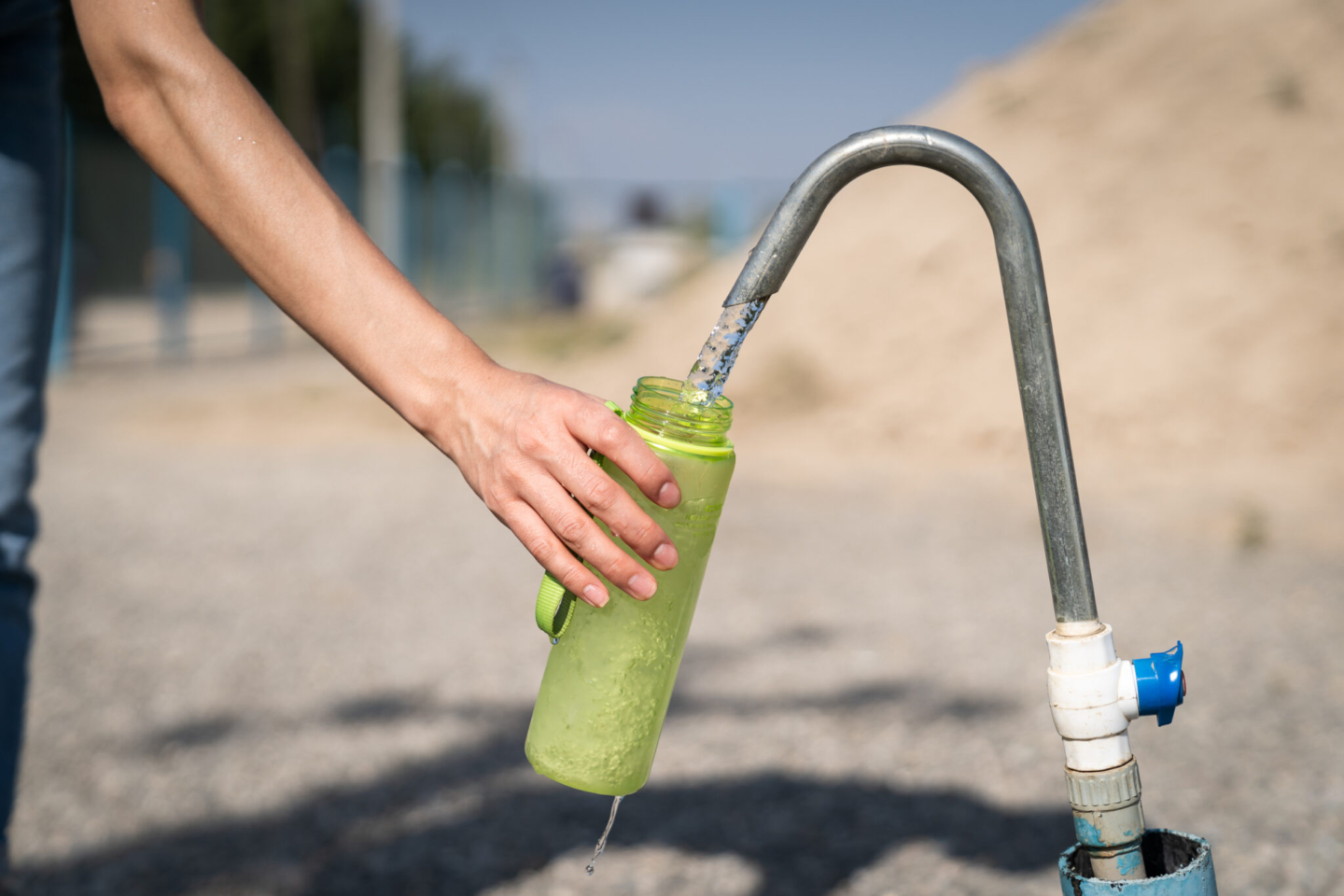
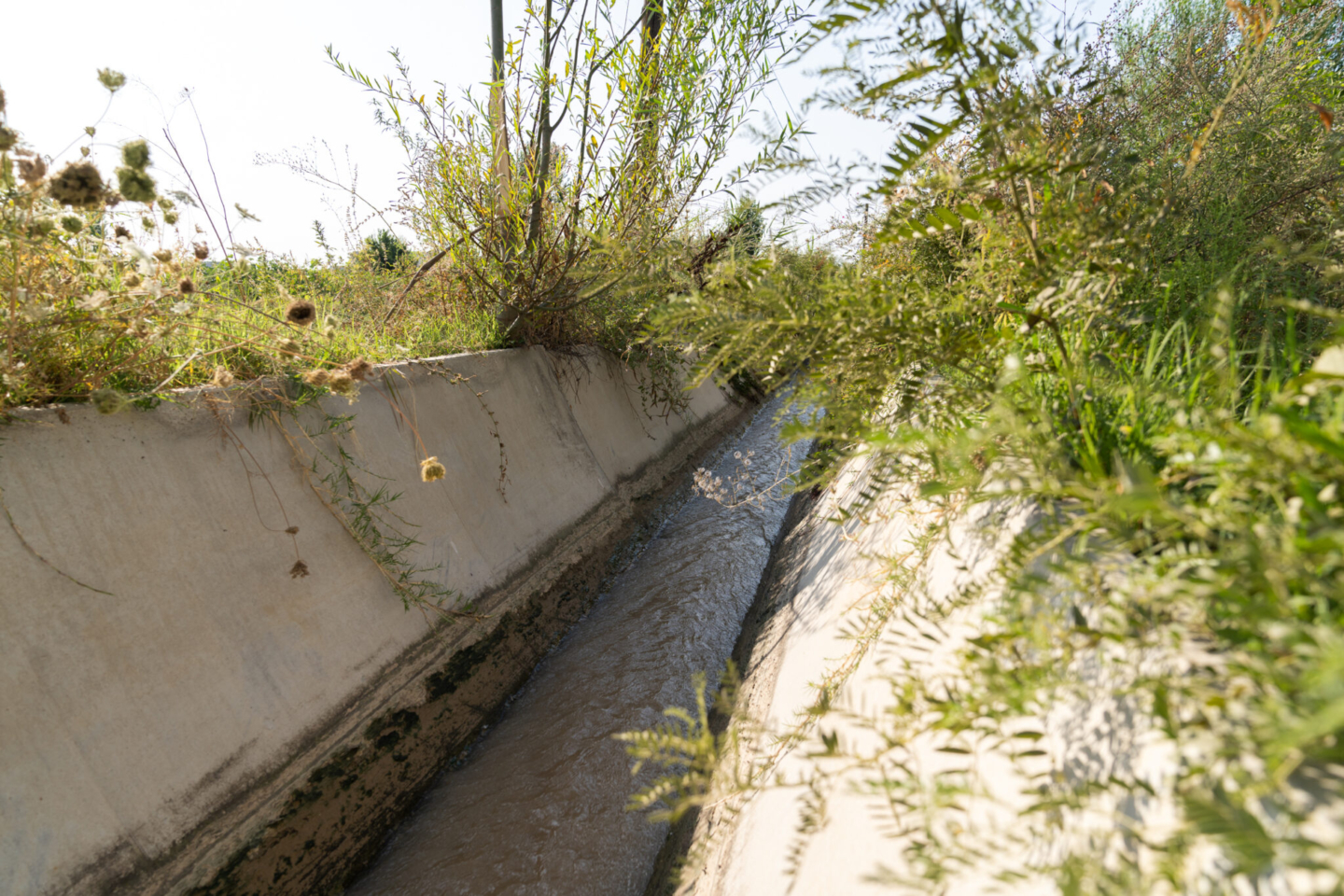
Yet while there is a critical link between the fate of glaciers and access to water resources downstream, other variables relating to social factors and the seasonal availability of and demand for freshwater are also at play. What we should focus on, argues Dr Asel Murzakulova, an expert at MSRI, is understanding “the drivers of water stress in each country [of Central Asia], and not [oversimplifying] everything by attributing it to the effects of climate change”.
Mounting competition between varying sectors of the economy, an increase in demand caused by a growing population, inefficient water use, and poor maintenance of existing infrastructure are some of the intersecting issues to be considered. Another crucial contribution to the country’s water stress is the complex legacy left by Soviet era industrialisation and the USSR’s subsequent collapse.
What we should focus on, says Dr Asel Murzakulova, an expert at MSRI, is understanding “the drivers of water stress in each country [of Central Asia], and not [oversimplifying] everything by attributing it to the effects of climate change”.
“After gaining independence from the USSR, in 1995 the Kyrgyz Republic started the land privatisation reform”, says Sagyndyk Emilbek uulu, Climate Resilience and Agriculture Food Security Programme Manager at the Aga Khan Foundation in the Kyrgyz Republic. Where, under the Soviet Union, infrastructure and water systems were part of a unified system, and where collective farms each worked under a specific sector in agricultural output, today, according to 2019 national statistics, there are over 440, 000 peasant (private) farms in the country, each responsible for their own upkeep and challenges.
Emilbek uulu cites one of his neighbours, who works as a teacher and farms his land “on the side, just for additional income”. With many of the farms in Kyrgyzstan run like this, the maintenance of large and expensive on-farm water infrastructure falls into the hands of ordinary rural residents not trained in farming techniques. On top of this, the infrastructure used is outdated and inefficient.

“The [Soviet] agricultural practices were traditional; you’d have an irrigation funnel only, a furrow, and would irrigate using huge [amounts of water],” says Emilbek uulu. “Today,” he continues, “majority of the farmers are using this. It’s unsustainable in agricultural terms – there is huge water loss from point A to B, it’s absorbed underground. And there are water filtration issues, water loss, and [overwatering].”
Reflecting on this infrastructural shortcoming, Emilbek uulu ponders: “At that time, we had enough water resources, and we would never have thought we’d run out of water… We haven’t run out of water, but we are going to. The water resources [are diminishing].”
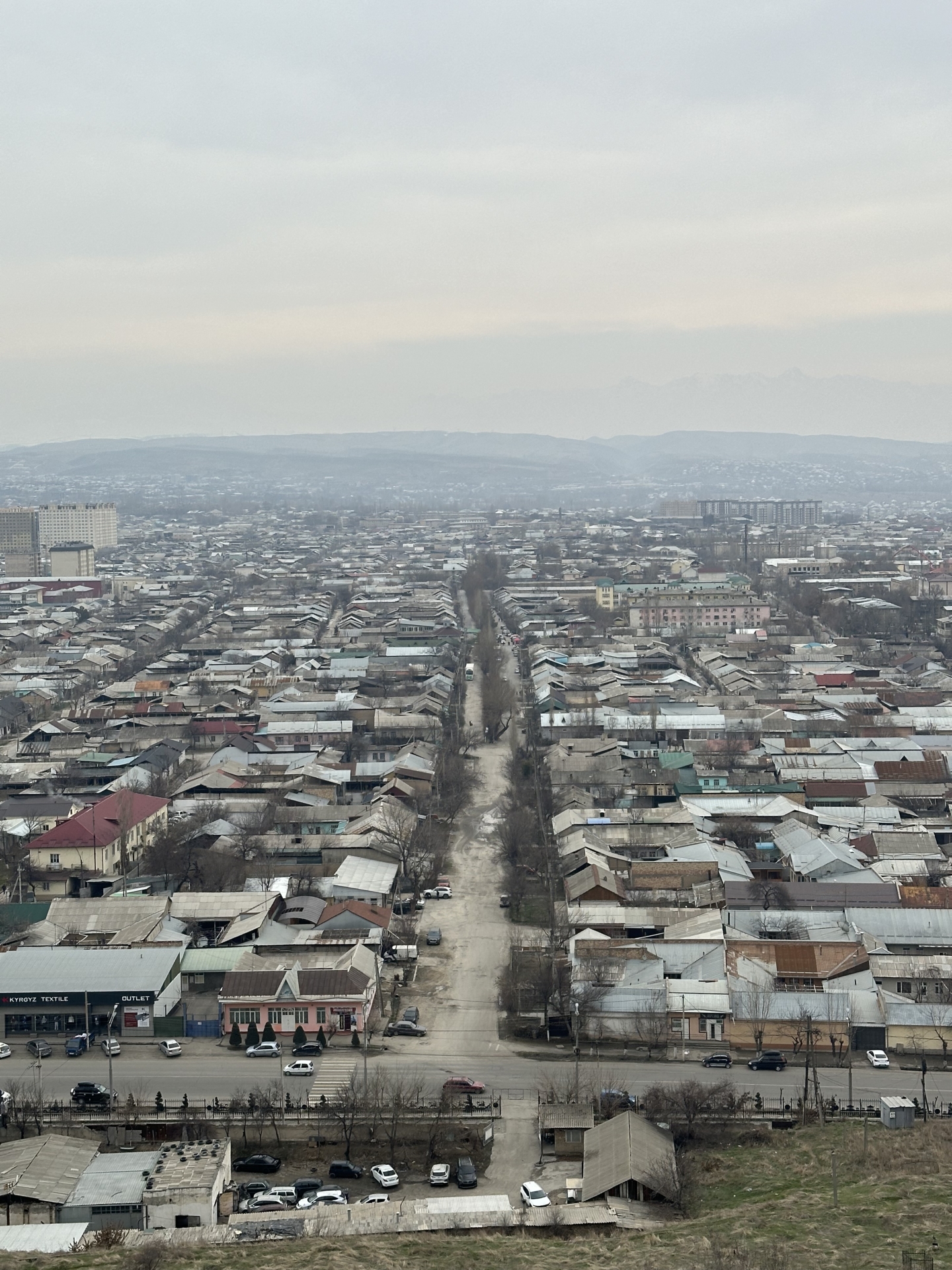
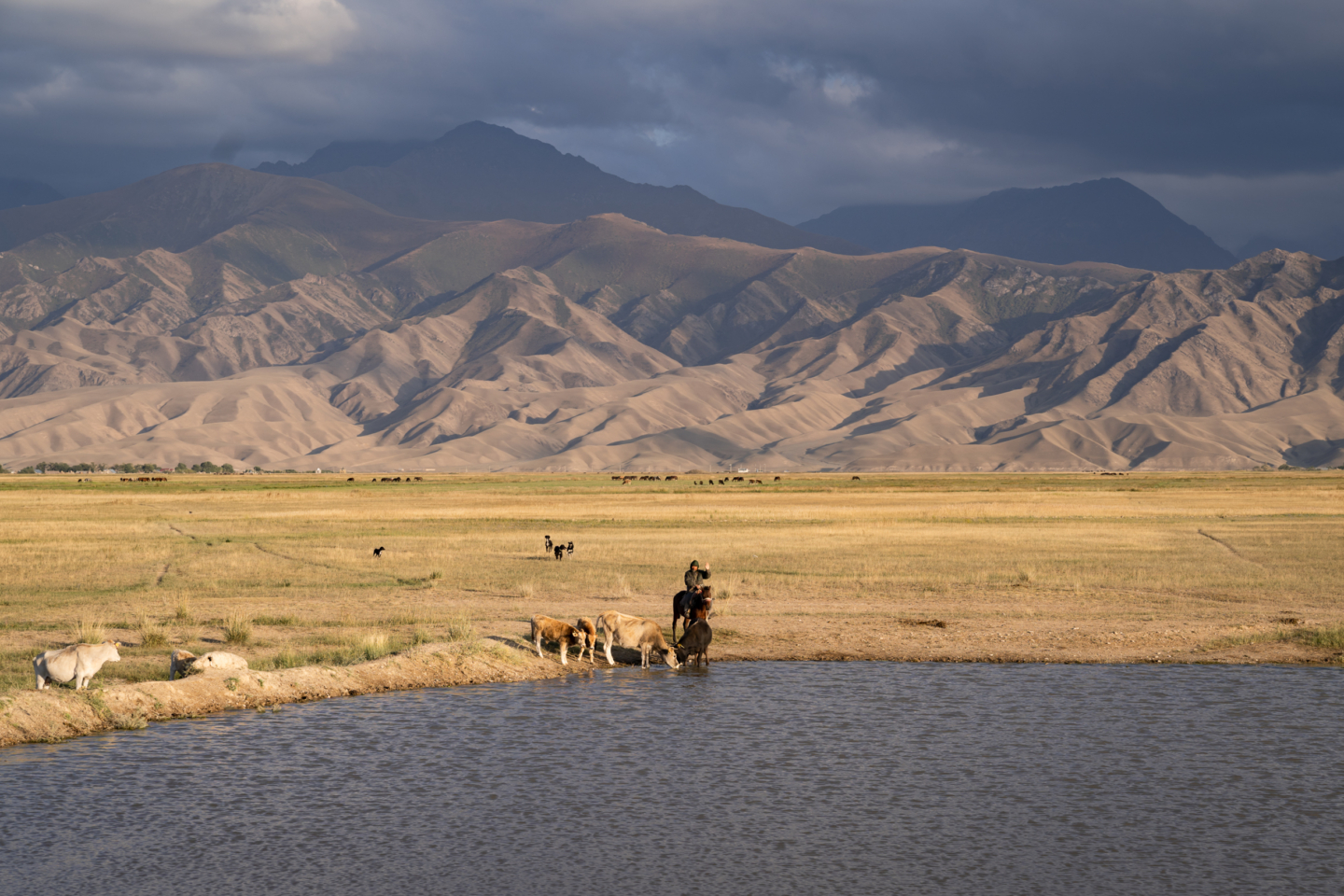
Unpredictable weather patterns, too, are contributing to rising water stress. The disruption of seasonal cycles by atypical glacier melt is increasingly and iteratively disrupting agricultural cycles. In farming, where timing is critical to the success of a harvest, the inability to accurately predict the flow of water has thrown farmers – and crops, food systems and revenues – into disarray.
“It took me a long time to understand why Nowruz is so important. [In the past], if you made it through winter, it was a cause of celebration,” says Altaaf Hasham, Management Programme Liaison Officer at the Aga Khan Development Network based in Kyrgyzstan. “The other thing Nowruz tells you is, “The planting season is starting.” It’s Mother Nature’s way of saying timing is important – and timing is extremely important when you put seeds into the ground… Once they’re planted, they need water.”
“The other thing Nowruz tells you is, “The planting season is starting.” It’s Mother Nature’s way of saying timing is important – and timing is extremely important when you put seeds into the ground… Once they’re planted, they need water.”Altaaf Hasham
Marked by the annual celebration of Nowruz on the spring equinox, the forecasting of water supply by farmers and nomads in Kyrgyzstan, a traditionally agrarian society, has been done for centuries. It is indicative that now, the start of spring, is the moment to begin planting crops. With summer around the corner, water for crop irrigation – from the thawing glaciers – is supposed to be a guarantee.
Yet in recent years, farmers are finding it more and more difficult to fall into a profitable agricultural cycle: “All of a sudden water-levels are not the same as they have been, or water’s coming at a different time,” says Hasham. And because of agricultural uncertainty caused by unpredictable environmental shocks such as late frosts, droughts and accelerating glacier melt, placing farming revenues under jeopardy, rural residents are flocking to the country’s urban centres – or immigrating to neighbouring Russia, Kazakhstan and Turkey – for more sure work.

With the expansion of settlements in the country’s urban centres, water usage has significantly increased and the demand and pressure on resources is far outweighing what cities currently have capacity for. As a result, social services are unable to meet these demands and climate-related conflicts are emerging between and within communities.
With regional competition for water resources increasing both at industrial and individual levels, investment into physical infrastructure, to alleviate the pressure on waterways and guarantee diminishing resources go further, is vital. More so are efforts to address social and political attitudes towards water, and to support and enhance existing “software” – water users’ associations and farming cooperatives that can mitigate resource-related tensions and assist in the efficient management and usage of waterways.
For a people who have traditionally and historically tread lightly on our planet, contributing just 0.032% to global carbon emissions, attitudes towards water as holding “a social value and heritage that must be passed on to future generations,” concludes Dr Murzakulova, must be nurtured. It is a key consideration, and one that will ensure the Kyrgyz people, and those across Central Asia, are equipped for all that may ensue at the intersection of historical legacies, rising temperatures and the rapid melting of their glaciers.
Related News & Stories

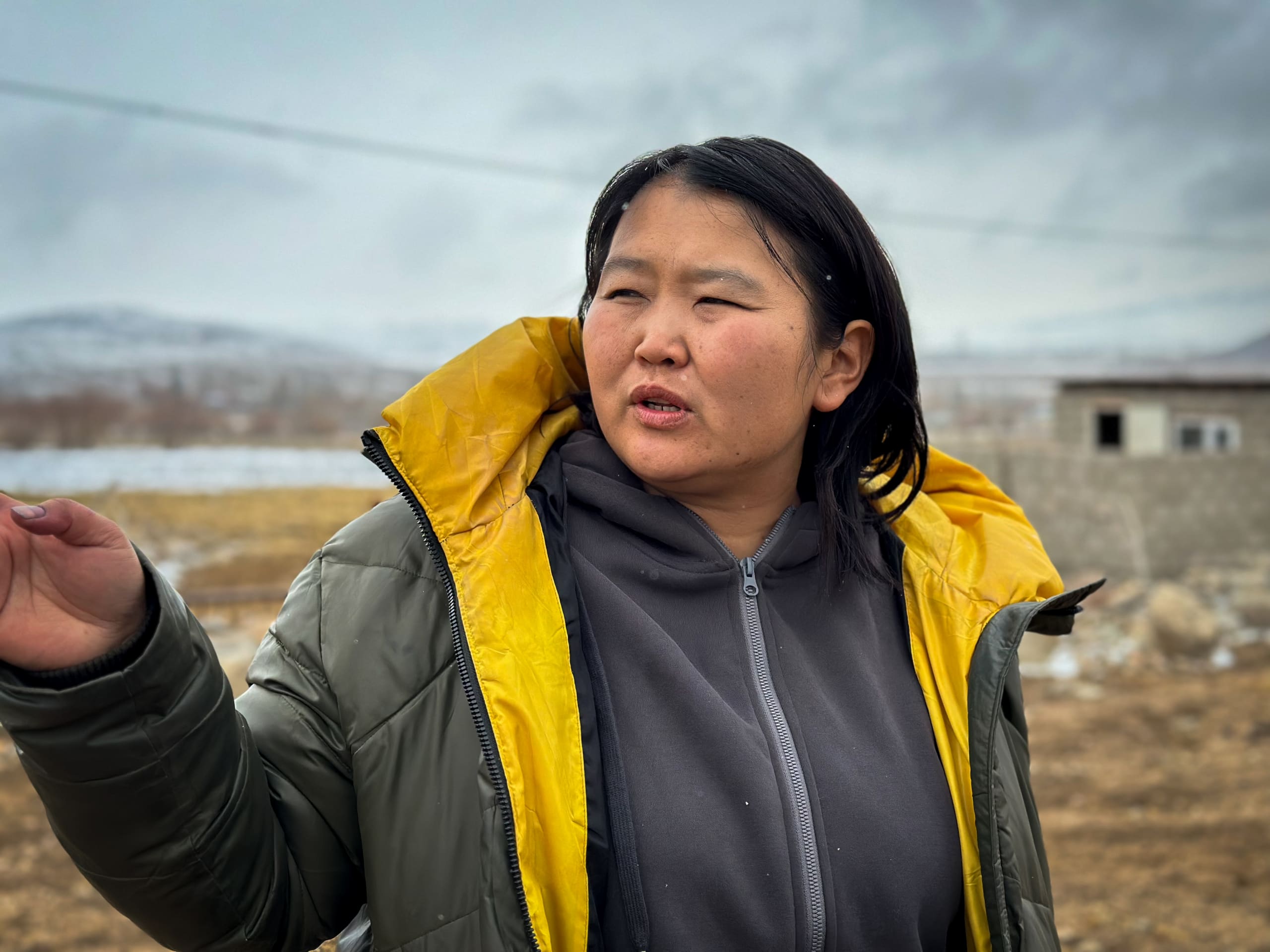
Building climate resilience: How eco-innovators are reducing water stress in the mountainous Kyrgyz Republic
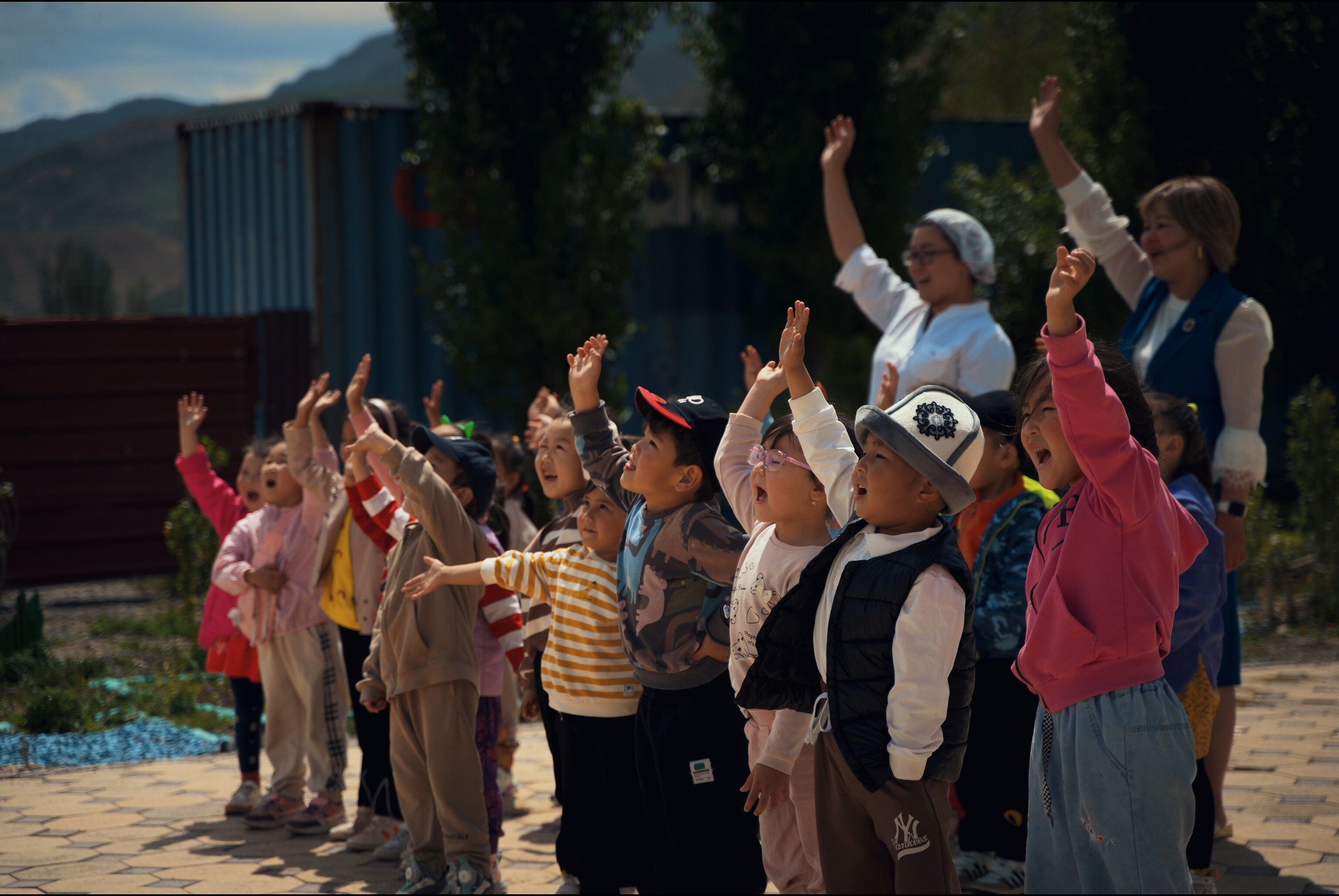
Schools2030 Kyrgyz Republic: A planet that needs our help

Promoting teacher leadership for climate resilience
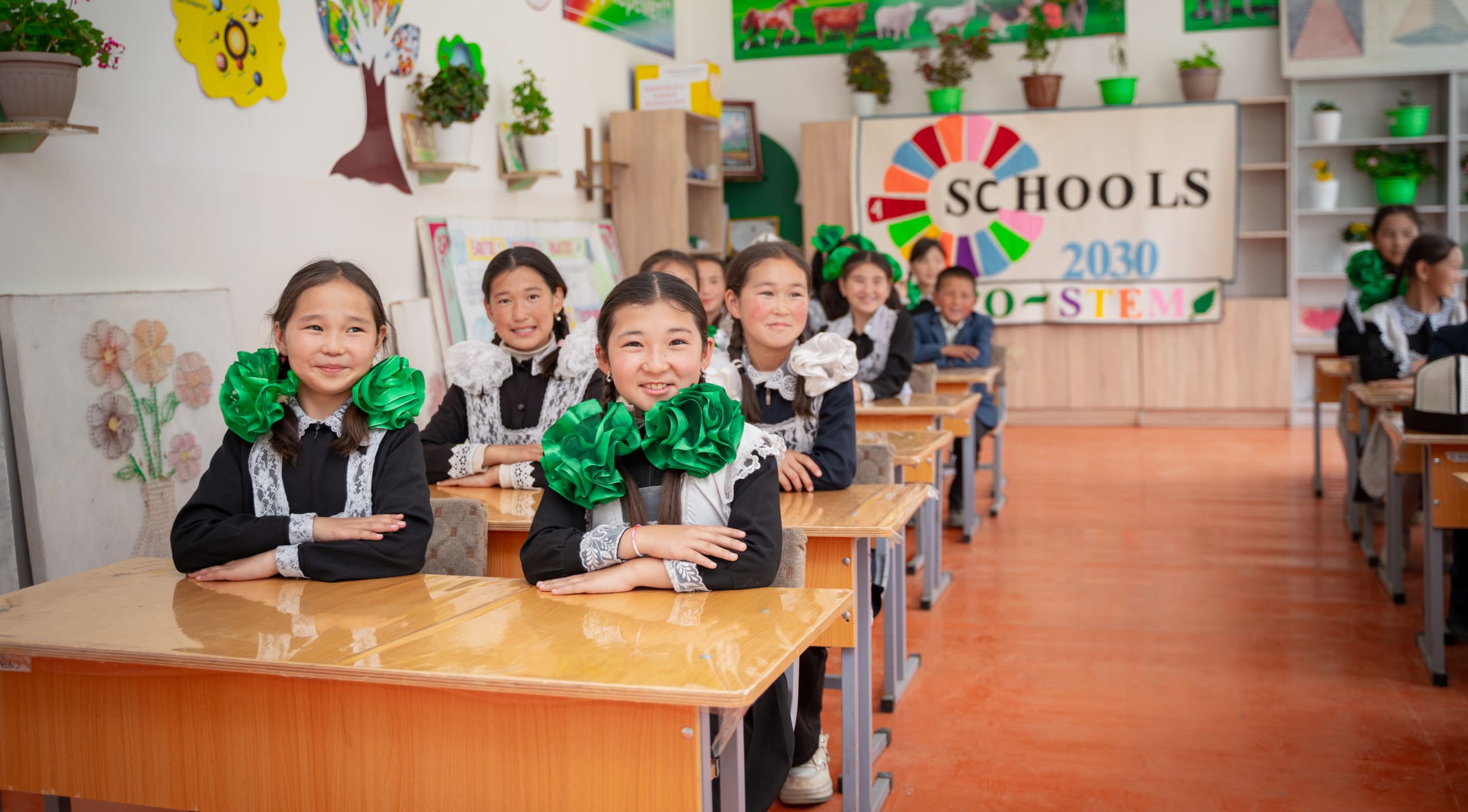
A new green chapter in the Kyrgyz Republic’s 100 years of education

Impact Odyssey 2.0: The Businesses of Tomorrow

Support our work Your donations are helping us build a future where we all thrive together.